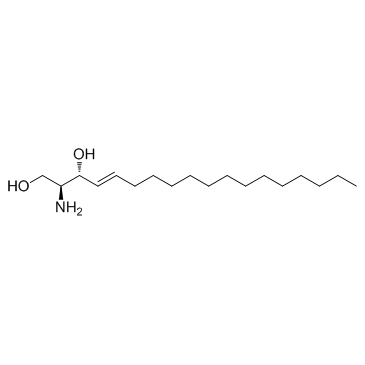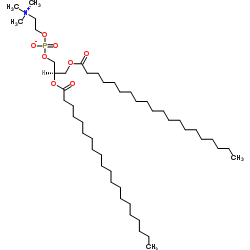| 结构式 | 名称/CAS号 | 全部文献 |
|---|---|---|
 |
D-鞘氨醇
CAS:123-78-4 |
|
 |
胆固醇
CAS:57-88-5 |
|
 |
(R)-3-二(二十烷酰基氧基)丙基2-(三甲基铵基)乙基磷酸酯
CAS:61596-53-0 |
|
 |
丙烷
CAS:74-98-6 |